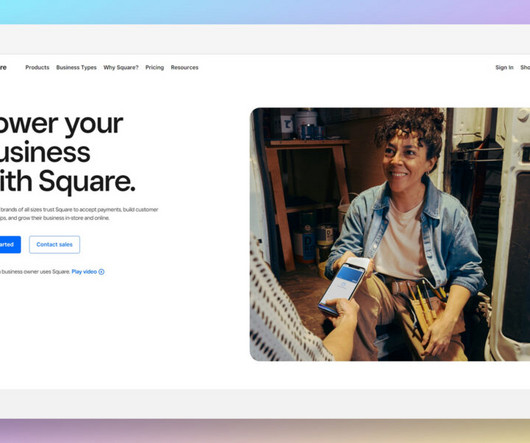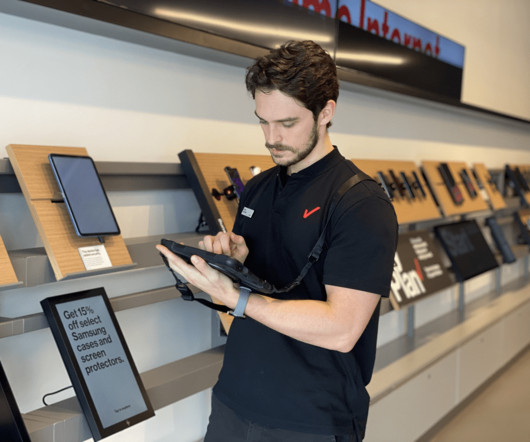How adding services to your products can propel your company growth?
GetElastic
DECEMBER 18, 2020
As Gartner aims to prepare application leaders for the accelerated shift towards digital, they predict that, “ By 2024, leading commerce organizations will generate 10% of online revenue from services attached to physical products.”. Payment services. Subscription based models are at the center of recurring revenue in eCommerce.












Let's personalize your content